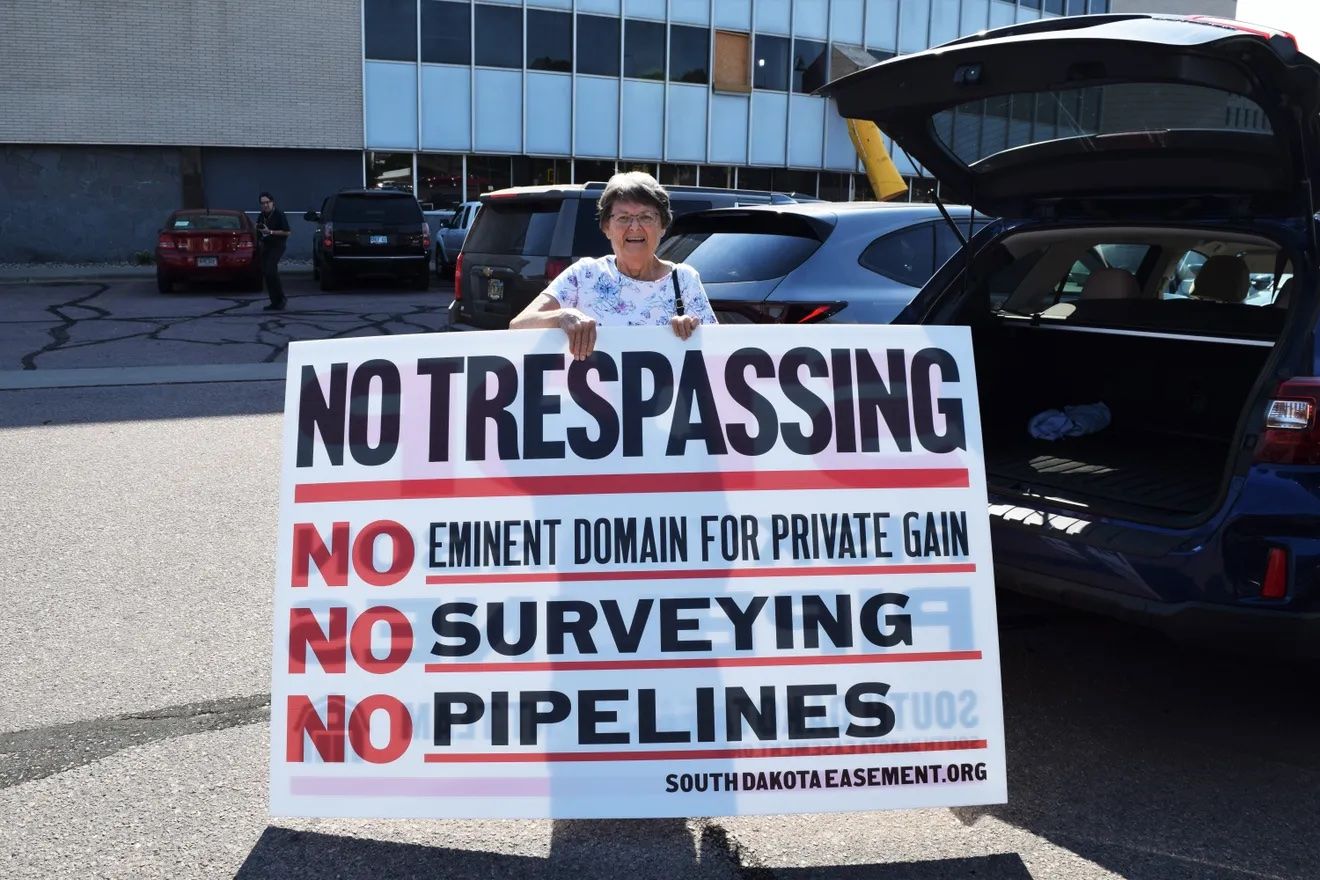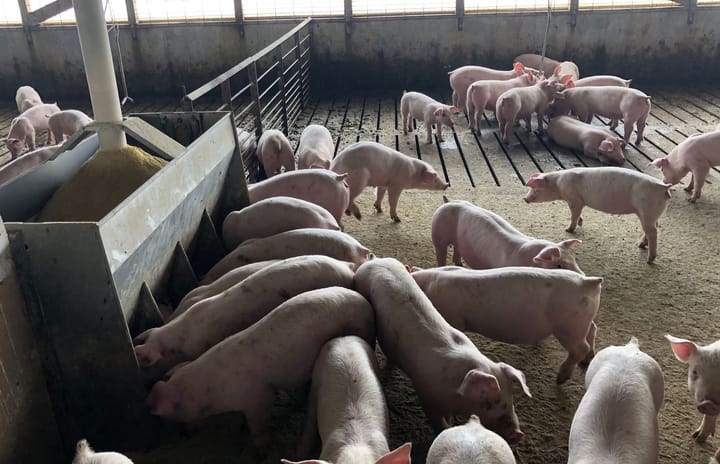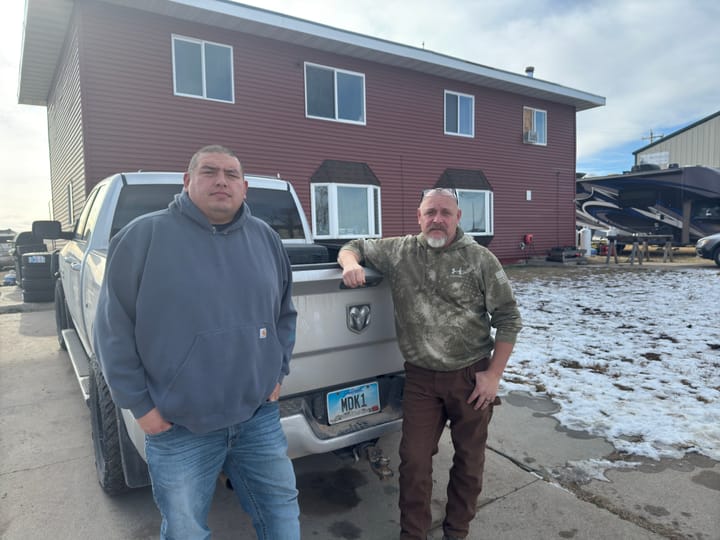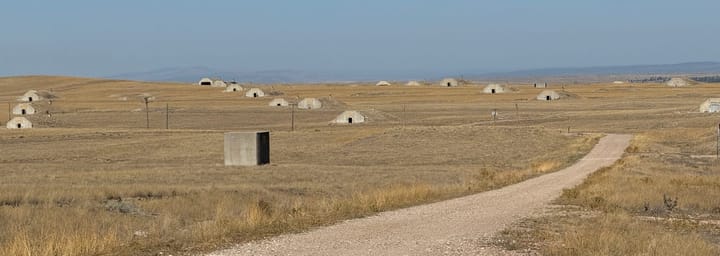Carbon dioxide pipeline proposals in South Dakota: What you need to know

For more than a year, a highly divisive debate has raged in South Dakota over two proposed carbon dioxide pipelines that would capture the toxic gas from ethanol plants and carry it to North Dakota and Illinois for disposal underground.
The stakes are extremely high on both sides of the argument, with billions of dollars of possible investment in play, hundreds of landowners potentially affected and the stability of the state’s $3 billion ethanol industry hanging in the balance.
At the same time, the ongoing state-permitting process and possible legislative involvement hold the potential to forever alter landowner rights in the state and further codify the ability of corporations to implement eminent domain to use the land of property owners without their consent.
And finally, hovering over the entire permitting process is the question of whether carbon-capture technology is a good investment of billions of federal dollars to reduce CO2 emissions.
Complex, multi-faceted discussions and permitting processes are taking place in six affected states over whether — and how — to site, build and put into operation the combined 3,300 miles of pipelines that operators hope to have in place and flowing in 2024.

But the debate in South Dakota, where one pipeline would cross 470 miles and the other 111 miles of mostly East River farmland, has taken on greater significance as Public Utilities Commission members face decisions that could alter the lands, the laws and the lives of South Dakotans for an inestimable number of years.
As regulators in Pierre hold hearings and grapple with approval decisions, and some lawmakers and local governments begin to seek ways to protect landowners from eminent domain, South Dakota News Watch is providing a platform on which to better understand the proposed projects and their potential outcomes.
Read News Watch’s previous coverage on carbon pipeline for more
Click the links below to access two in-depth articles published in 2022 that form a factual basis for readers to consider whether the pipelines proposed by Summit Carbon Solutions and Navigator CO2 are a good fit for South Dakota, the ethanol industry and in the fight to hold off climate change.
CO2 pipelines could affect the land, lives and livelihoods of SD property owners



